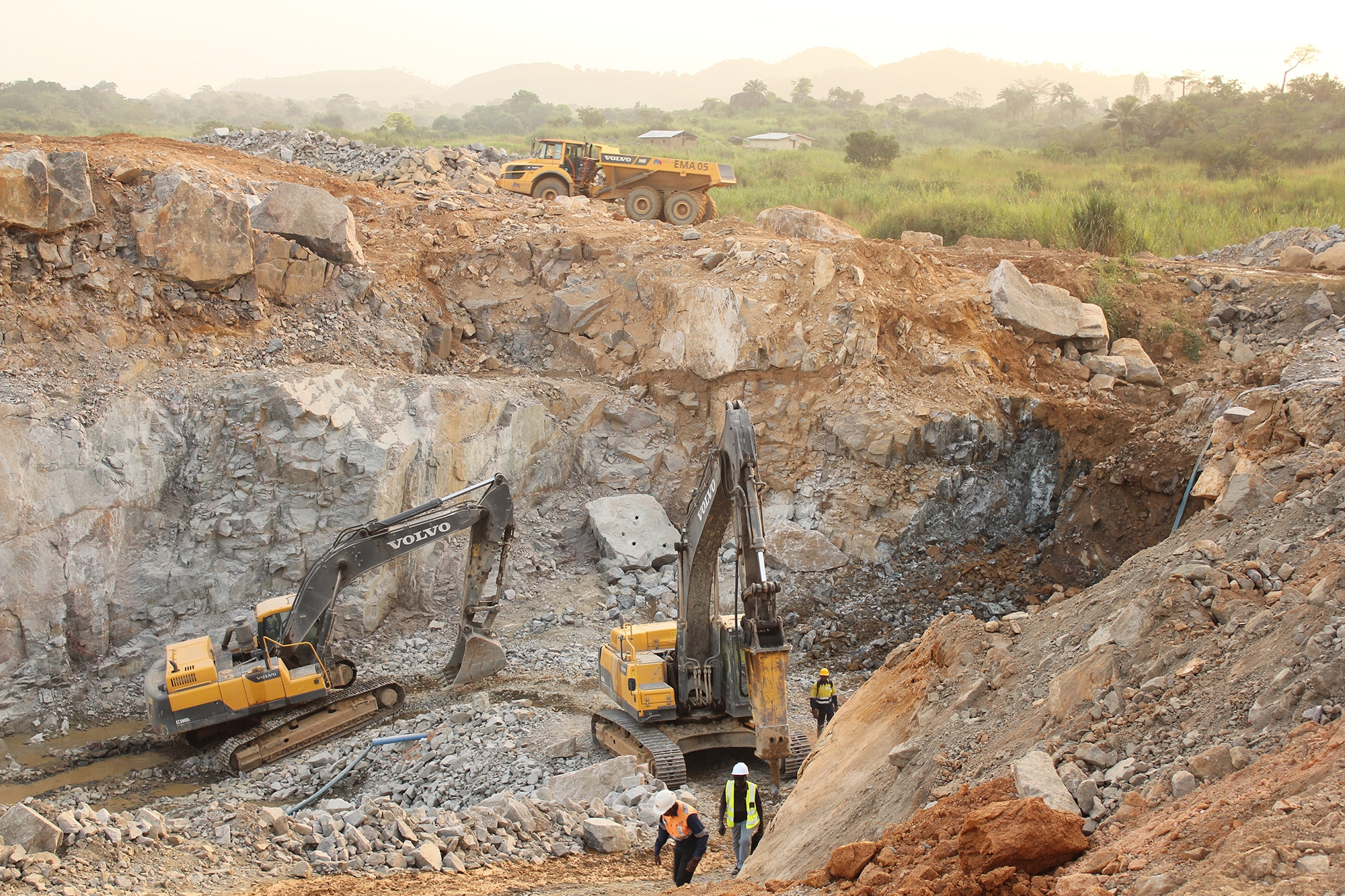Diamond mining, as with most mining operations, carries a hefty environmental footprint. Most noticeably, diamond mining requires a considerable amount of earth to be moved. This process results in significant soil disruption, leading to deforestation and destruction of habitats. For every carat of diamond unearthed, approximately 250 tons of earth are displaced. This immense alteration of landscape can lead to the loss of biodiversity as the local flora and fauna are disturbed, and their habitats destroyed.

Water Contamination and Diamond Mining
Moreover, diamond mining also impacts water systems. Mines often end up creating considerable water pollution, threatening both human and animal health. Most diamond mines use a combination of processes like crushing, washing, and gravity to extract diamonds from ore. These procedures typically involve substantial water usage, and without adequate measures to treat this water post-processing, contaminants may end up in local waterways, posing risks to both humans and wildlife. Long-term exposure to such polluted water can lead to health problems in local communities and can decimate aquatic life.
Carbon Footprint and Energy Use
Diamond mining also involves considerable energy consumption, adding to its carbon footprint. The extraction, transportation, and processing of diamonds are energy-intensive tasks. Primarily powered by non-renewable energy sources, these processes contribute to greenhouse gas emissions. Furthermore, the energy needed for diamond extraction produces significant amounts of carbon emissions. These emissions contribute to climate change, which has its own set of far-reaching environmental implications.
Diamond Mining and Land Rehabilitation
Post-mining land rehabilitation is another crucial aspect to consider in the environmental impact of diamond mining. After the mining process is completed, the disturbed area needs to be returned to a state that is useful for a natural or beneficial economic purpose. However, rehabilitation is a complex and expensive process. Inadequate rehabilitation can result in erosion and land degradation, creating a landscape unfit for habitation or farming. In worst-case scenarios, the land may become uninhabitable, and ecosystems may never fully recover.
Towards Sustainable Practices in Diamond Mining
Despite the significant environmental impacts, many players in the diamond mining industry are recognizing the need for more sustainable practices. They are investing in technologies and methods to reduce the impact on the environment and local communities. Practices like reduced-energy extraction methods, water recycling, and effective land rehabilitation are being implemented. This shift represents an understanding within the industry that the value of diamonds must also take into account the cost to the environment. The hope is that as technology advances, the environmental footprint of diamond mining will continue to decrease.
While these efforts are noteworthy, it is important to keep in mind that the less harmful alternative of lab-grown diamonds exists. As consumers become more eco-conscious, the demand for these ethically and environmentally-friendly diamonds is likely to increase.
Remember, when discussing diamond mining or any mining operations, the conversation always needs to extend beyond just the economic benefits. The environmental impact is a significant concern that needs ongoing attention to ensure a sustainable future.
Diamond Mining and Noise Pollution
A less explored but significant impact of diamond mining is noise pollution. Diamond mines employ heavy machinery and blasting techniques to excavate the earth, which can generate substantial noise. This disruption has several effects on both human communities and wildlife in the surrounding areas. In humans, it can lead to stress, sleep disturbances, and even hearing loss. For wildlife, this can interfere with their communication, breeding, and feeding habits, causing significant distress and potentially disrupting the local ecosystems.
Impact on Local Communities and Indigenous Populations
The environmental impact of diamond mining often directly correlates with the human toll on local and indigenous communities. Many diamond mines are situated in remote areas inhabited by indigenous populations whose livelihoods depend on the land. The environmental degradation caused by mining can force these communities to relocate, leading to loss of their traditional lifestyle, cultural identity, and means of subsistence. Furthermore, the pollution of water sources can lead to health problems for these communities who depend on these water bodies for drinking and farming.
Involvement of Large-Scale vs. Artisanal Mining
It’s also important to distinguish between the environmental impacts of large-scale industrial diamond mining and smaller, artisanal mining operations. Large-scale mines, while potentially more destructive due to their size, often have more resources to invest in sustainable practices and environmental remediation. Conversely, small-scale artisanal miners, who often operate illegally or without regulation, may use more harmful mining techniques and have little incentive or means to rehabilitate the land after they finish mining.
Diamond Mining and Geological Disruption
Diamond mining can also lead to geological disruptions. The process involves the removal of large amounts of soil and subsoil, which can destabilize the ground. In some cases, it can lead to landslides and soil erosion, further contributing to environmental degradation.
Increasing Transparency in the Diamond Mining Industry
The increased demand for transparency and ethical sourcing in the diamond industry is leading to better monitoring and reporting of environmental impacts. There are several initiatives like the Diamond Producers Association’s Total Clarity Report, which aims to provide an objective view of the ecological, social, and economic footprint of diamond mining.
However, full transparency and traceability in the diamond supply chain still face significant challenges. The development of technologies such as blockchain-based tracking systems may help overcome some of these hurdles, providing customers with greater confidence in the ethical sourcing of their diamonds.
Understanding the environmental impact of diamond mining is crucial for consumers, industry players, and policymakers. It is the responsibility of all stakeholders to ensure that the sparkles of these precious gems don’t come at the expense of our planet and its inhabitants. Sustainable and ethical practices should be at the heart of the diamond industry’s future.